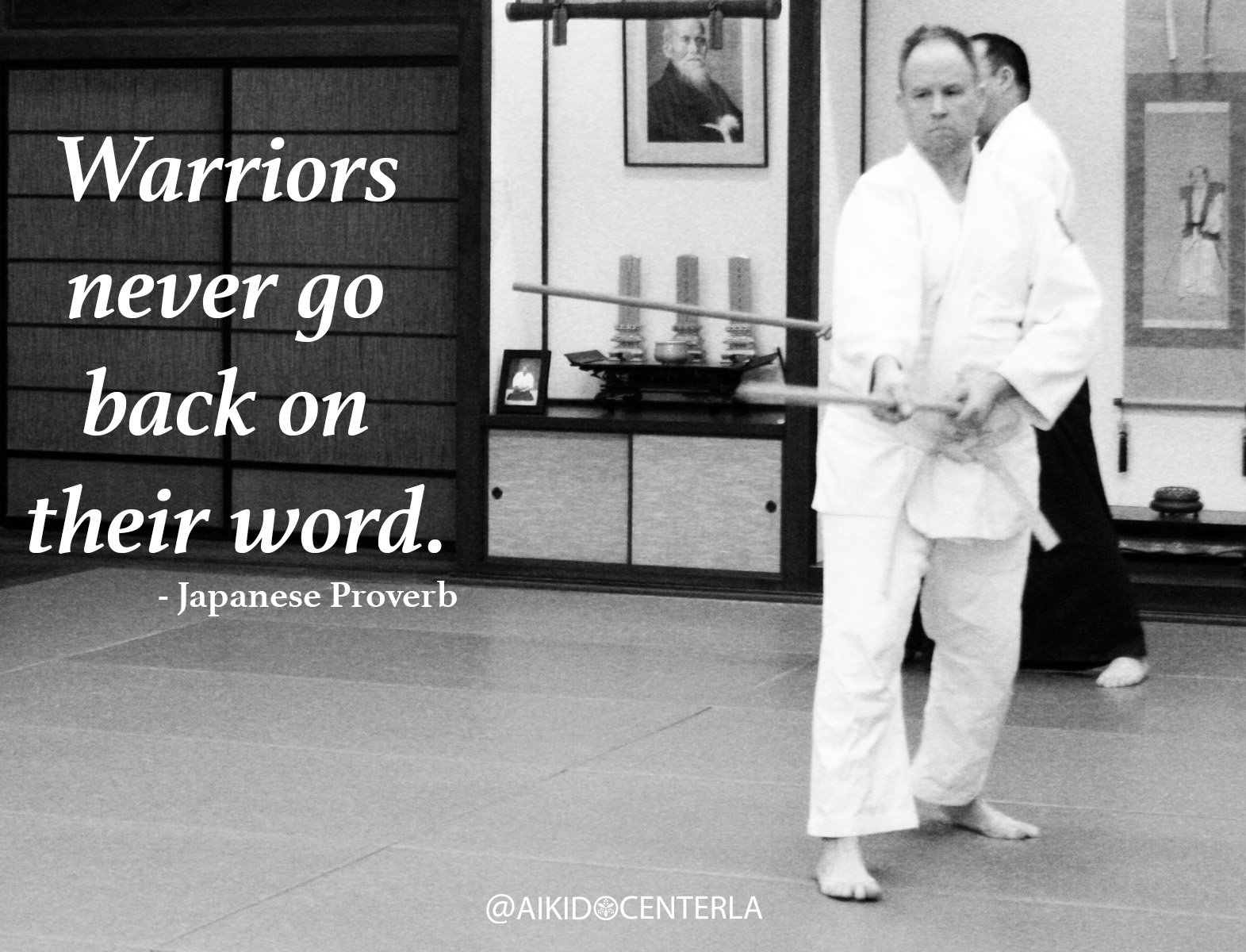Aiki Dojo Message - MacGyver
Every good martial artist is a MacGyver. MacGyver was a hit TV show in the 80s/90s where the titular character would get himself out of tight spots by making or fixing something with whatever he had on hand. MacGyver is part of the lexicon now and is defined as “making or repairing something in an improvised or inventive way, making use of whatever items are at hand.” To MacGyver from a martial arts sense is to find a way to work around whatever problem or situation that we have which is confronting us. In MacGyvering there is no blueprint, so it is really a mindset. A good martial artist knows that there will never be a moment when everything lines up and things go perfectly. Most times, we have to make do with what we have and find a way to work around it. The Japanese equivalent to MacGyver could be gaman (我慢) or to “persevere” but perseverance is too simplistic of a definition. Someone defined gaman as “enduring the seemingly unbearable with patience and dignity.” Gaman is a really a mindset where a person keeps on going no matter what happens. To gaman is to find a way and not let anything hold us back from accomplishing our goals. Every day in training we are learning how to gaman or MacGyver challenges and overcome them. Sometimes the challenge is just getting to class while other times it is having to train through an injury. For instance, when I was a student, one of the students lost his keys when he was taking Furuya Sensei around on errands. Hearing about what happened and how much Sensei scolded him, I taped an extra key to the underside of my car just in case. Then one day, I was on a date and lost my keys, but my hide-a-key saved the day. Each person will have to figure out a way around their own problems and each time we do surmount an obstacle, we become a tiny bit stronger. The Japanese say, “chiri mo tsumoreba yama to naru” (塵も積もれば山となる) or “Even specks of dust if piled up can become a mountain.” Thus, the incremental changes over time are what mastery is built upon. No matter who we are or what we have accomplished, at every stage in life and in training, we will be confronted by something that we will have to overcome - no one is immune to this. Training teaches us how to have a mindset which doesn’t give up and to find a way around our obstacles. That is why a good martial artist is a MacGyver.
Today’s goal: Think, “What would MacGyver do?” He’d make it work somehow.
Watch this video of the creator of MacGyver explaining how to think like him





















